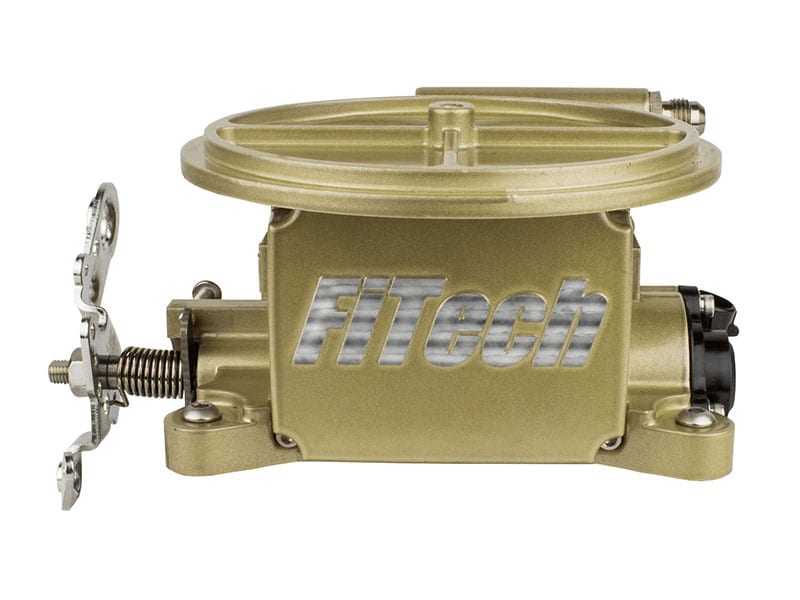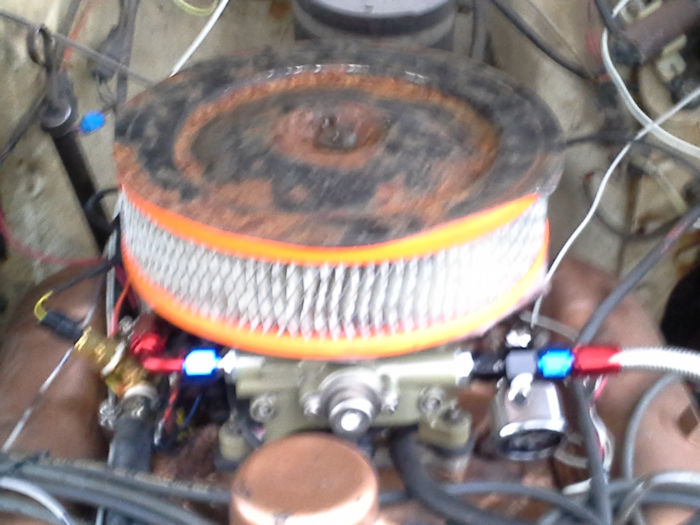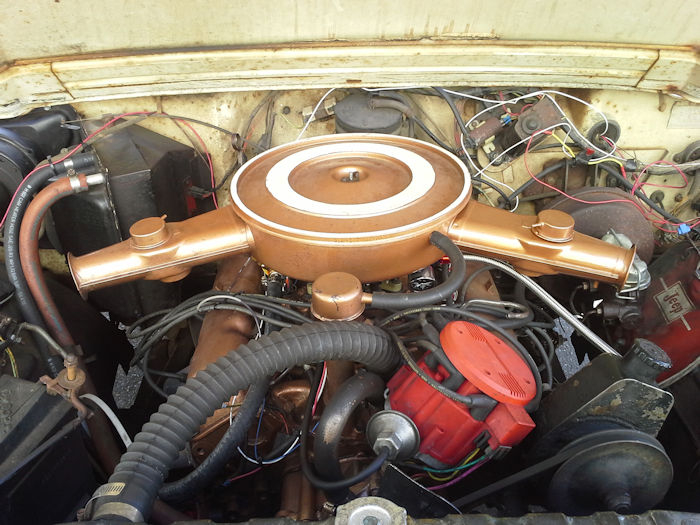I am NO fitech expert!
Pumps create fuel flow NOT pressure. PWM drops voltage to reduce the load and HEAT on a fuel pump. It should NOT drastically alter pressure.
The regulator sets the pressure and is referenced via manifold vacuum.
Normal EFI systems maintain a set pressure via the regulator.
Under load and heavy accel the pressure should rise and be rock steady.
They do this for several reasons but mainly for consistent fuel delivery.
An injector is rated to flow "x" amount of fuel @ this pressure.
When pressure drops, the expected amount of fuel the engine receives is no longer accurate.
The pcm is then operating in unknown territory and the programming is not able to compensate because that constant is not accurate.
It seems to me you have a fuel delivery issue. Something is no longer functioning correctly. Be it the circuit, the pump, the regulator, etc.
Is this a fitech fuel pump?
As an experiment maybe temporarily disable PWM or set it to 100?
See if it behaves better.
Also check to see what disconnecting the vacuum line @ regulator does to fuel pressure...it should increase.
Pumps create fuel flow NOT pressure. PWM drops voltage to reduce the load and HEAT on a fuel pump. It should NOT drastically alter pressure.
The regulator sets the pressure and is referenced via manifold vacuum.
Normal EFI systems maintain a set pressure via the regulator.
Under load and heavy accel the pressure should rise and be rock steady.
They do this for several reasons but mainly for consistent fuel delivery.
An injector is rated to flow "x" amount of fuel @ this pressure.
When pressure drops, the expected amount of fuel the engine receives is no longer accurate.
The pcm is then operating in unknown territory and the programming is not able to compensate because that constant is not accurate.
It seems to me you have a fuel delivery issue. Something is no longer functioning correctly. Be it the circuit, the pump, the regulator, etc.
Is this a fitech fuel pump?
As an experiment maybe temporarily disable PWM or set it to 100?
See if it behaves better.
Also check to see what disconnecting the vacuum line @ regulator does to fuel pressure...it should increase.






Comment